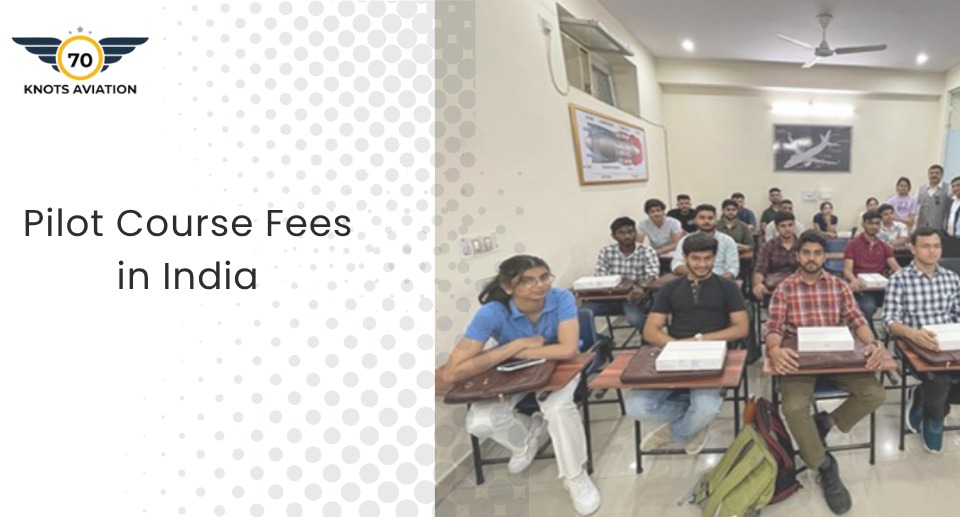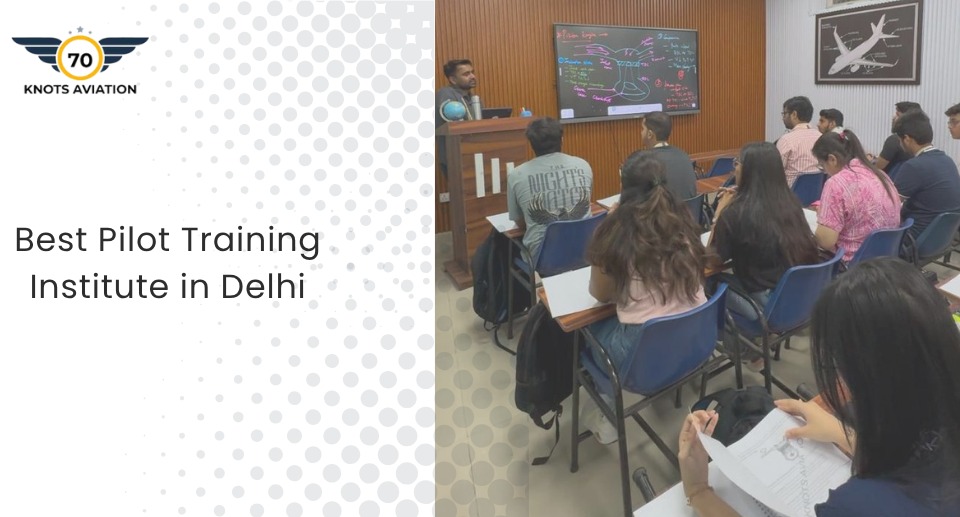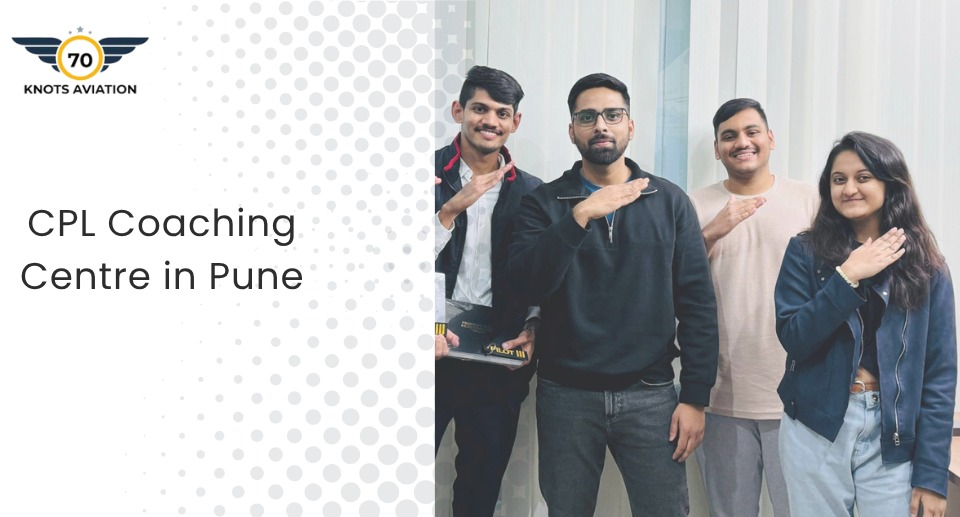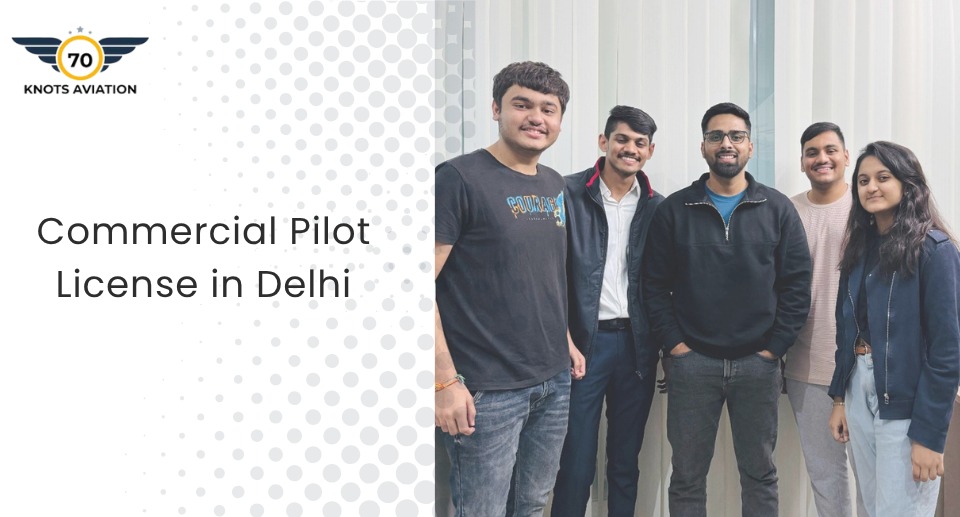How Much Does It Actually Cost to Become a Pilot in India? The Real Numbers

I remember the first time I seriously looked into Cost to Become a Pilot in India, and honestly? I nearly spilled my coffee. The numbers were staggering. But here’s the thing—I also knew three pilots personally, and watching their careers take off (pun intended) made me realize this wasn’t just some random expense. It was a calculated gamble with pretty solid odds.
Let me walk you through what I’ve learned talking to people in the field, going through training myself, and watching others navigate this journey.
The Ballpark Figures (Don’t Panic Just Yet)
If you want a PPL—that’s your basic “I can fly a plane” license—you’re looking at somewhere between 7.5 to 25 lakh rupees. I know, that’s a huge range. But there’s a reason. Some people do it cheaper by being strategic about it, others spend more because they want better instructors or fancier aircraft.
Then there’s the CPL, the Commercial Pilot License. That’s where you’re serious about flying for a living. Budget 35 to 50 lakhs for this. This includes everything—all your flight time, theory classes, exams, the works. It’s not cheap, but you’re getting the full deal.
If you’re going the airline cadet route—basically a straight shot into an airline job—you’re paying around 1 crore. Yeah, that’s a lot of zeros. But the kicker? You walk out with a guaranteed job, accommodation covered during training, and meals included. It’s like a package deal.
Why Are These Numbers All Over the Place?
Here’s where it gets interesting. The cost difference isn’t random—it actually tells you something important about the training.
Where You Train Matters More Than You’d Think
I have a friend who trained in Delhi and another who trained in a smaller city up north. Same license, completely different costs. Why? Delhi’s expensive. Your instructors cost more, the aircraft maintenance is pricier, even your lunch costs more. Smaller cities? Way cheaper. The trade-off is you might feel a bit isolated, but the actual training quality can be just as good.
I’ve also met people who trained in Bengaluru at expensive schools and cheaper ones in the same city. The price difference? Sometimes it’s the facilities, sometimes it’s the instructor experience, sometimes it’s just because they’ve got a fancier building. You’ve got to dig deeper and figure out what you’re actually paying for.
The Aircraft You Train On
This one surprised me when I first learned about it. You’re not just paying for fuel and instructor time—you’re paying for the aircraft itself. Training on a Cessna 172 is cheaper than training on something larger. Training on newer aircraft costs more than older ones. It sounds obvious when you think about it, but a lot of people don’t consider this when comparing flight schools.
Flight Hours: The Non-Negotiable Cost
Here’s what every pilot will tell you: you need flight hours, and there’s no shortcut. For a CPL in India, you need 200 hours minimum. For a PPL, just 40 hours. That’s a massive difference, and it’s the main reason CPL training costs so much more. You literally spend way more time in the air, which means more fuel burned, more instructor payment, more of everything.
I met a guy who tried to cut corners on flight hours because he was running out of money. Bad idea. He failed his practical exam, had to re-train, and ended up spending more money anyway. The hours exist for a reason—safety.
Ground School Isn’t Just Classroom Time
You need to understand meteorology, navigation, air law, all that stuff. This isn’t optional or something you can speed through. Most schools charge 2 to 5 lakh rupees for ground school depending on how comprehensive it is and how long the course runs.
The better schools invest in this. They hire good instructors, use updated materials, keep classes small. The cheap ones? You get textbooks and a guy reading slides. When you’re paying this much, you want the former.
Exams Cost Money Too
People sometimes forget this. Just taking the DGCA exams costs you 50,000 to 1 lakh rupees. You’ve got to clear multiple exams—theory, practical, oral tests. Each one is a separate go, and you can’t just waltz through them.
Medical Exams Are Non-Negotiable
The DGCA requires Class 1 medical certification. This isn’t a simple checkup—they’re pretty thorough. Around 8,000 to 15,000 rupees. If you fail, you can’t fly, period. I’ve known people who discovered vision issues they didn’t know about during this exam. Better to find out before you’ve spent 30 lakhs on training than after.
Living Expenses Stack Up Fast
Unless you’re training in your hometown, you’re living somewhere away from home. Monthly rent and food varies wildly—could be 10,000 a month in a smaller city, could be 50,000 in Mumbai. Over a year or two, this adds up to a serious number.
I trained with a guy who underestimated this. Thought he could manage on 15,000 a month. Six months in, he was scrambling. Now he’s always telling people to add at least 30% buffer for living expenses.
The Real Question: Is It Worth It?
Alright, so you’re dropping anywhere from 40 lakhs to 1 crore rupees. That’s life-changing money. So naturally, you want to know—am I getting my money back?
Yes. Usually within 5-7 years.
A fresh pilot starting out makes around 3 to 5 lakh rupees a month. After three-four years and some promotions, you’re looking at 8-10 lakhs. Captains (the most senior pilots) make 15-20 lakhs or more monthly.
Do the math: if you spent 40-50 lakhs total and you’re making 3-5 lakhs monthly, you’re breaking even in about a year. After that? It’s pure income growth. Plus, airlines are desperate for pilots right now. The job market is genuinely good.
I know a guy who trained five years ago for about 45 lakhs, did his cadet program, and he’s now a captain-in-training. He’s literally recovered his entire investment several times over.
What Actually Separates Good Training from Bad Training?
When you’re spending this much, you can’t afford to mess up school choice. Here’s what I’ve noticed separates the good ones from the rest:
Instructors who actually know what they’re doing. The best schools hire former airline pilots who’ve actually sat in the left seat and dealt with real situations. They teach you practical stuff, not just “pass the exam” stuff.
Aircraft that aren’t falling apart. I trained at a place with well-maintained planes, and then I visited a friend at another school where the aircraft seemed held together by prayer and duct tape. You can feel the difference in training quality. Newer or better-maintained aircraft teach you good habits from day one.
Real simulators. Modern flight simulators are genuinely useful. They let you practice emergency procedures safely and repeatedly. The schools that invest in decent simulators have students who actually know how to handle situations when they happen in real life.
Actual job placement support. Some schools tell you they have “partnerships with airlines.” Then you graduate and nothing happens. The good schools actually have relationships with airlines—their graduates get interviews, job offers, real opportunities.
People who give a damn about your progress. I can tell you from experience—the difference between an instructor who’s clocking hours and an instructor who actually cares about whether you become a good pilot is night and day. The good schools have people who care.
The Hard Truths Nobody Tells You
Here’s some stuff I wish someone had told me before I started:
It’s not all glamorous. You’re going to spend months studying aerodynamics and air law. You’re going to fail an exam and want to quit. You’re going to be exhausted from early morning flights. It’s not all cruising at 35,000 feet with a uniform on.
Weather delays are real. Your training timeline isn’t fixed. Bad weather can push back your schedule by weeks or months. This messes with your budget projections.
Not everyone makes it. Some people start training and realize flying isn’t their thing. Some people fail medical exams. Some people just run out of money. It’s a commitment that not everyone can see through. Make sure you’re doing this for the right reasons.
Your school choice matters massively. I can’t stress this enough. Choosing a school based purely on price is a mistake I’ve seen people make. Choose based on instructor quality, aircraft condition, placement record, and student reviews.
So, What Should You Actually Do?
If you’re serious about this, here’s my advice:
First, visit multiple flight schools. Don’t just look at their websites. Talk to current students. Ask to see the aircraft. Meet the instructors. Get a feel for the place.
Second, be realistic about total costs. Don’t just budget for the tuition. Add accommodation, food, exams, medical tests, books, everything. Overestimate rather than underestimate.
Third, check if you qualify medically before you spend a ton of money. Get a preliminary medical check. Don’t be the person who finds out halfway through training that you can’t fly.
Fourth, have a backup plan. What if training takes longer than expected? What if you need another attempt at an exam? Build in financial cushion.
Finally, remember why you’re doing this. If you’re doing it because you love flying and want a real career in aviation, you’ll make it work. If you’re doing it for the money or the “cool factor,” you might struggle when things get tough.
The Bottom Line
Yes, becoming a pilot in India is expensive. Really expensive. But it’s also one of the most stable career investments you can make right now. Airlines need pilots, they’re paying well, and the industry is growing.
The costs aren’t fixed—you’ve got real choices to make that can save you money or waste it. Be smart about where you train, who teaches you, and what you’re actually getting for your money.
And if you’re serious about it? Go for it. Just go in with your eyes open.



